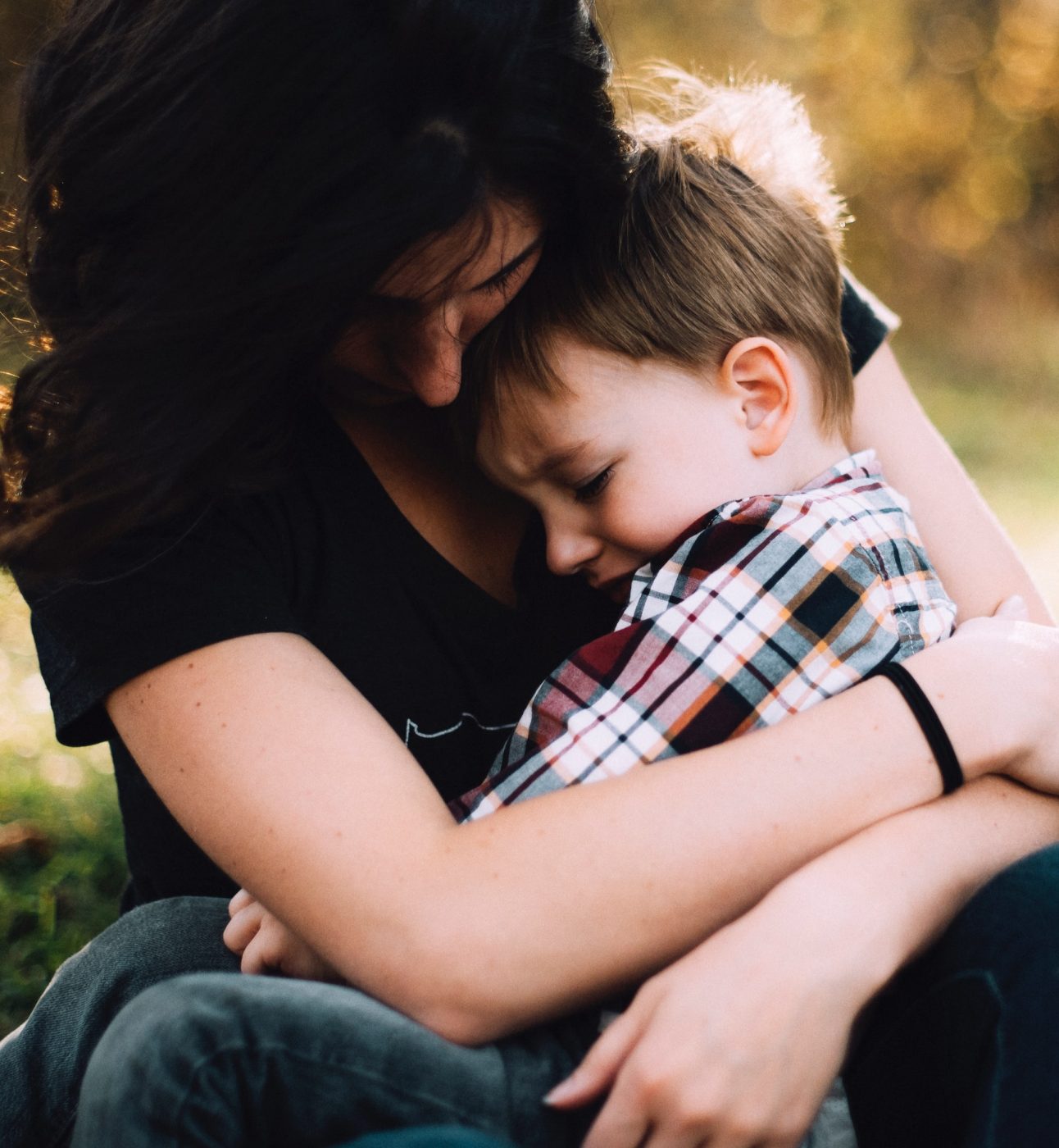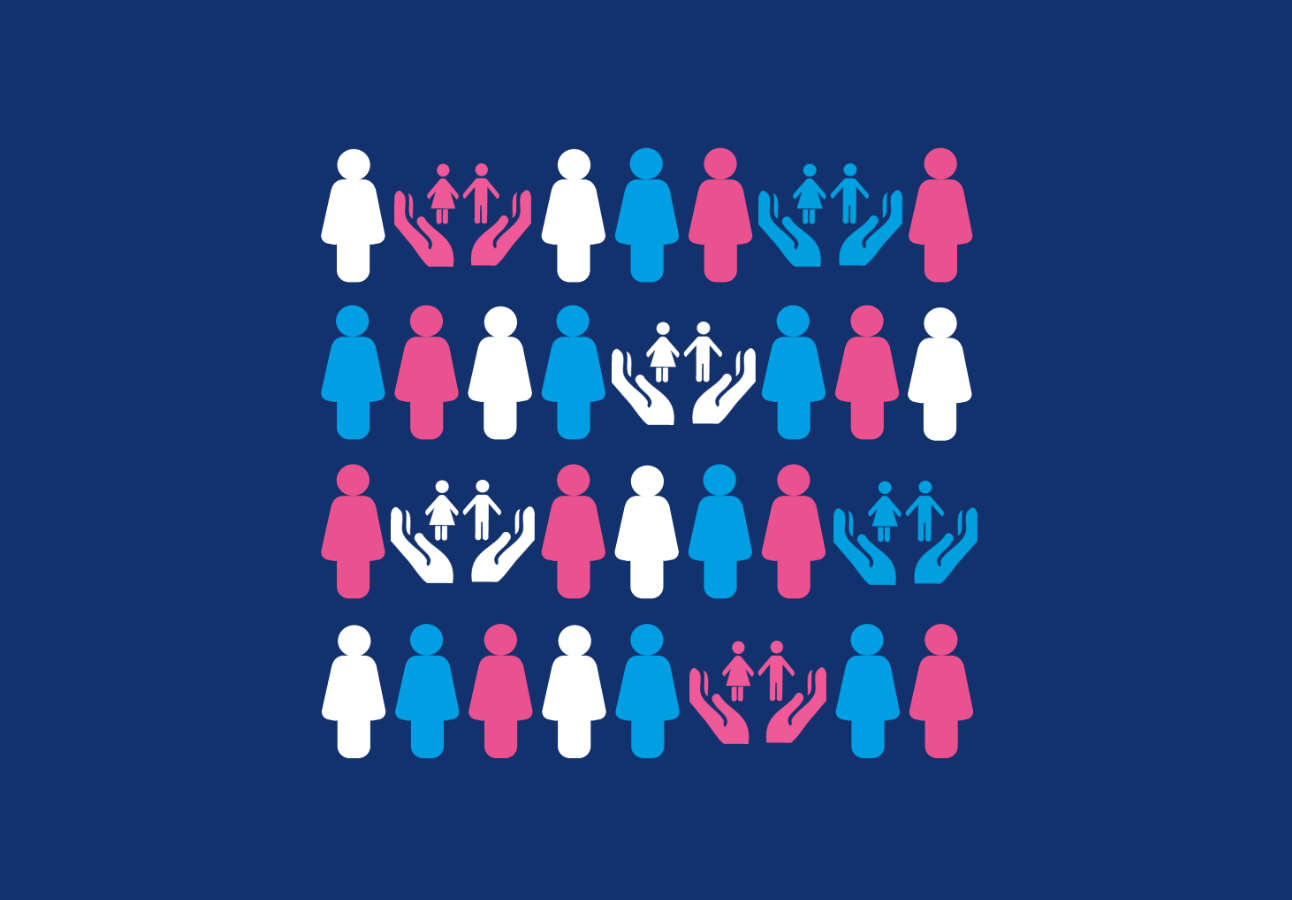There is increasing interest in the use of ‘whole family’ approaches for families living with domestic violence and abuse (DVA). Children’s Social Care has increased its capacity to identify DVA but still struggles to find appropriate ways of achieving change in families where children experience DVA. Many social workers acknowledge that failing to work with perpetrators places responsibility on women for men’s violence and results in ‘mother blaming’. Moreover, there is recognition that separation is not always the answer to DVA: some families do not want to separate and DVA often continues beyond the point of separation.
In response to these trends, whole family approaches are emerging and some have been evaluated.
Three main models can be identified:
- One organisation works with all family members. They are usually seen separately and individually, perhaps with different workers for victim, perpetrator and children. Sometimes they are seen together.
- Different organisations/ professionals work with different members of the same family, but co-ordinate their work – in this case, much depends on the quality of the collaboration and co-ordination.
- Interventions are delivered to the family as a group – the family are always seen together – this approach draws on the family group conference model
Interventions need to address some key concerns:
- Whole family approaches may fail to recognise the gendered power dynamics that underpin DVA – DVA affects different family members differently
- The safety of women and children may be compromised
- Perpetrators may resist or evade whole family interventions and women and children become focus of services’ scrutiny by default
- Social workers and other practitioners lack confidence and skills in working with abusive men.
Two UK examples
Growing Futures, Doncaster – intervention developed and delivered by Doncaster Children’s Services Trust
Key features:
- Specialist teams of staff with DVA experience located within social work teams
- Reduced caseloads, high levels of supervision and training
- Specialist perpetrator workers and access to local perpetrator programme for fathers
- Flexible model – offering family members individual and/or joint sessions and allocating different workers to different family members
- Informed by principle of ‘meeting families where they are at’ – accepting that some families wish to stay together though others don’t
- Working with high risk referrals from Marac and Children’s Social Services
- Engagement with service voluntary and no time limits on length of engagement
- Joint work with children’s social workers
- Use of range of therapeutic tools especially in direct work with children.
Evaluation Findings (Stanley and Humphreys 2017):
- Whole family working contributed to building trust and engagement in context where partnership with families was previously lacking.
- Meeting families ‘where they are at’ appeared key to engaging families with negative experiences of social work.
- Voluntary nature of engagement built trust and was used creatively in joint work with social workers.
- Small caseloads, focusing on supervision and an unrestricted time limit for intervention were valuable in allowing practitioners to work creatively.
- Victims and children were more likely to be engaged in direct work with services than fathers: 71% of victims, 66% of children, 54% of fathers engaged in direct work.
- Specialist perpetrator worker and opportunities for referral to perpetrator programme were vital as it was not always appropriate for all family members to have same worker and staff confidence in working with perpetrators was slower to develop:
For Baby’s Sake – intervention developed and delivered by Stefanou Foundation
Key features (Domoney et al 2019):
- Two pilot sites (contrasting local contexts); specialist teams based in Children’s Services
- Harnesses potential for change in pregnancy to work with both parents, aiming to end cycle of DVA and adverse childhood experiences
- Engages both parents (whether or not they are/stay together); from pregnancy until baby is two
- Parents allocated separate practitioners who co-ordinate their work; substantial training and supervision
- Prioritises safety, mental health and parent-child attachments – emphasis on therapeutic engagement and methods
Some early signs of positive impact: ‘I felt like I was babysitting my baby – now I feel like a mum’.
Evaluation due to report October 2019



